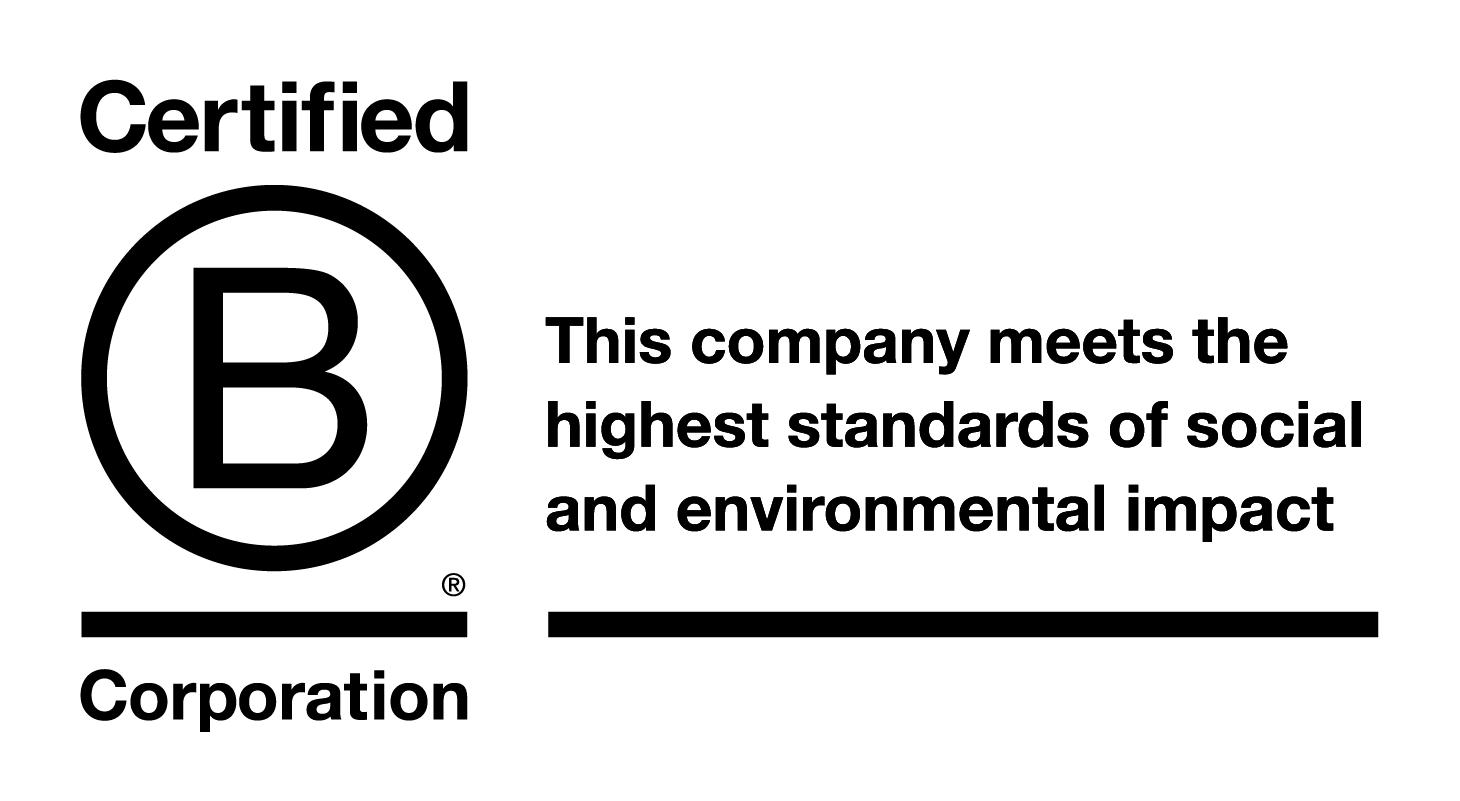Sign up. Be inspired. Get clicking.
Climate-resilient destination planning for tourists
29 April 2025
Coastal regions, renowned for attracting millions of global travellers, are increasingly vulnerable to the escalating impacts of climate change. Rising sea levels, pollution, and extreme weather events pose significant threats to vital ecosystems such as coral reefs and mangroves. As the tourism industry plays a key role in these regions, it must adapt to safeguard these natural assets while ensuring the stability of local economies.
The Asia Pacific region faces particular challenges in this regard. Despite its rich biodiversity, many destinations are grappling with significant sustainability gaps. During peak tourism seasons, marine pollution intensifies by up to 40%, severely affecting local ecosystems and the livelihoods of communities that depend on them. Enhancing resilience is crucial for the long-term viability of these destinations.
To address these challenges, a combination of financial support, infrastructure development, and community involvement is essential. The Pacific Asia Travel Association (PATA) highlights five critical areas for building resilience: the environment, the economy, the visitor experience, local needs, and safety. By prioritising these areas, destinations can ensure their long-term sustainability and continue to thrive as attractive locations for future travellers.
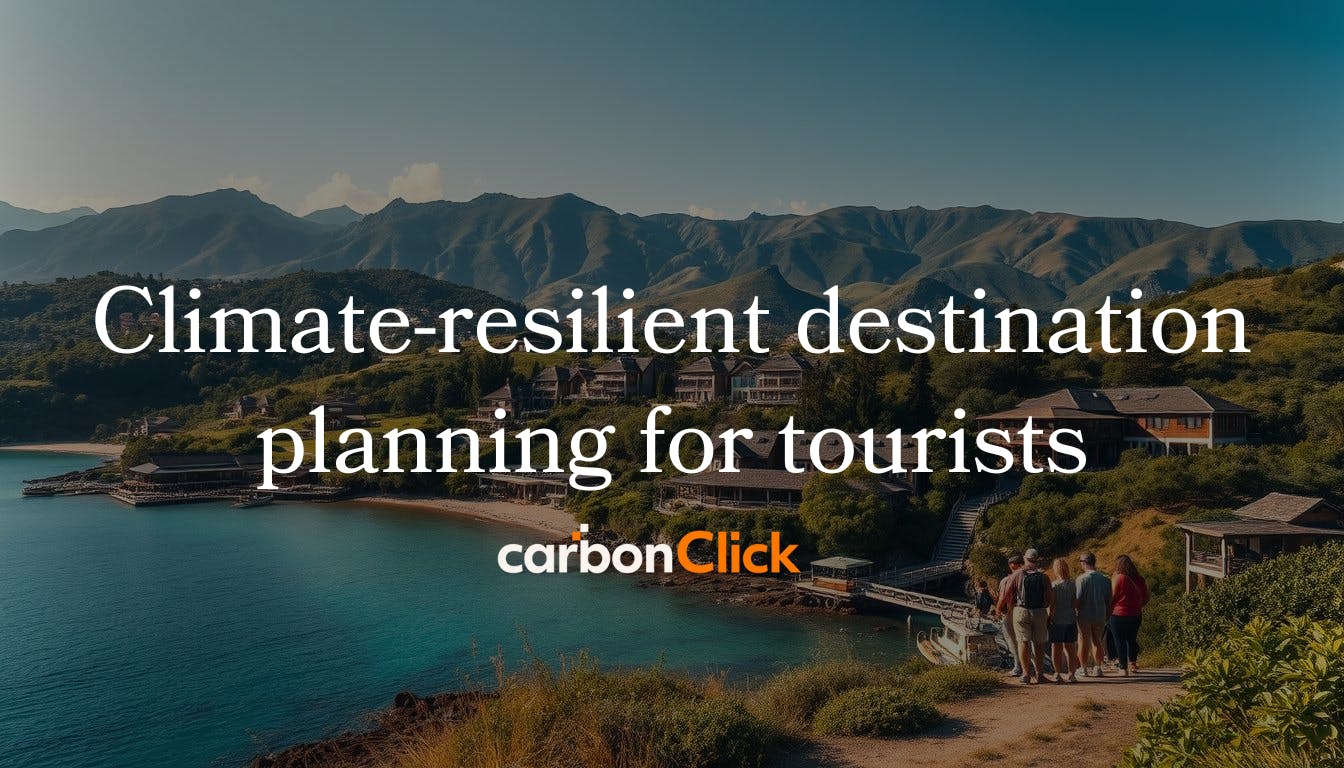
Why climate resilience matters for tourist destinations
Tourist destinations depend on healthy ecosystems, yet climate change increasingly places them under threat. Rising temperatures and pollution jeopardise biodiversity, endangering vital habitats such as coral reefs and mangroves. Without effective resilience strategies, these natural resources risk being lost.
Puerto Rico offers a strong example of successful conservation efforts. Through climate risk assessments, they are safeguarding coral reefs that not only attract divers but also support local fisheries. Similarly, initiatives in the Philippines focus on preserving mangroves, which act as natural storm barriers and sustain marine life.
The pandemic exposed the vulnerability of the tourism sector. In 2020, the Asia Pacific region lost 34.1 million jobs, while plastic waste surged, with 25,000 metric tonnes entering the oceans and damaging coastal economies. Degraded ecosystems diminish property values and deter visitors, further threatening local prosperity.
Tourism accounts for approximately 10% of global GDP, highlighting its critical economic importance. Thriving natural environments underpin stable livelihoods for communities. The United Nations has called for a 50% reduction in emissions by 2030 to lessen climate-related risks. Prompt action today is essential to secure vibrant destinations for future generations.
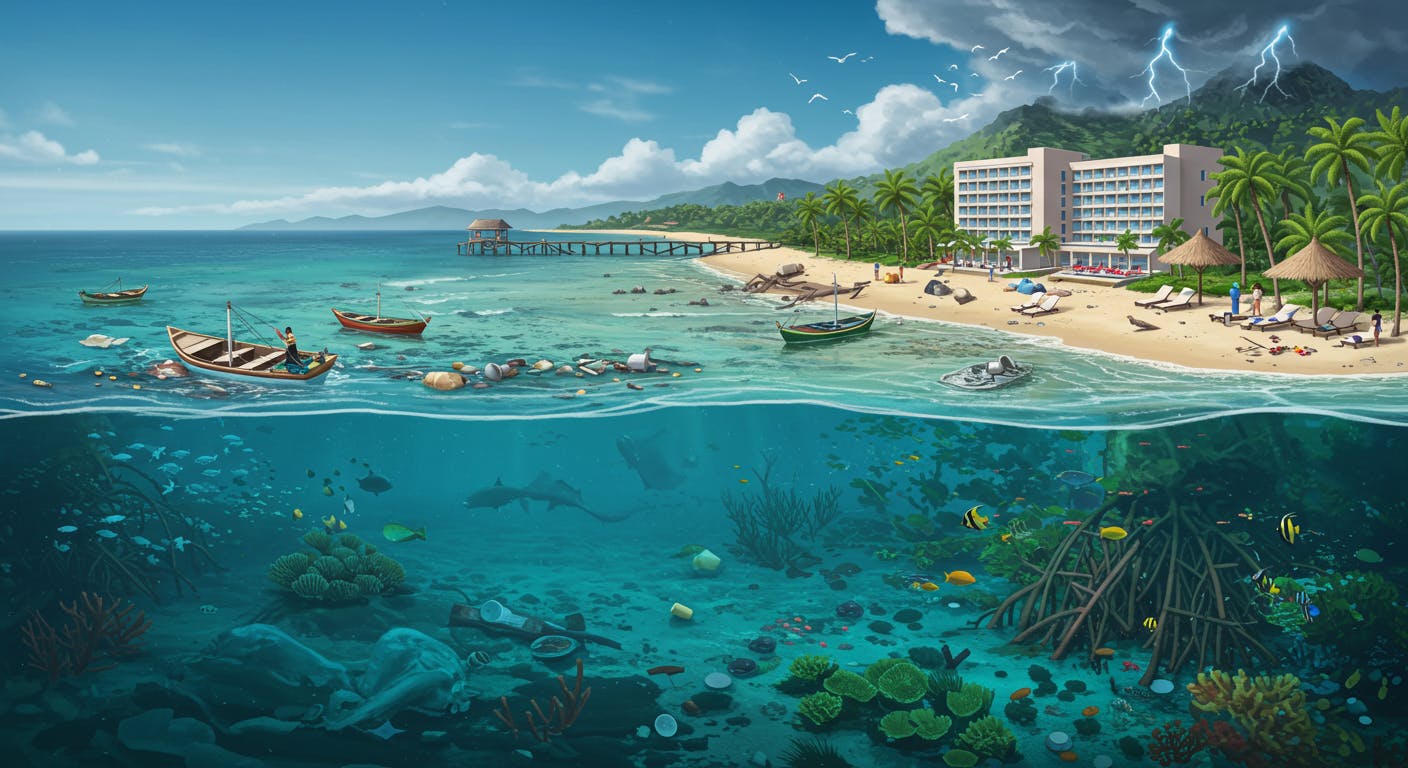
Understanding climate risks to tourism
Unsustainable practices in coastal resorts are speeding up ocean pollution, harming marine life and local businesses. Many destinations in Asia still rely on septic tanks, which leak waste into underground water sources and the sea. This pollution threatens coral reefs and mangroves, which are major attractions for visitors.
Rising sea levels and stronger storms are also causing serious problems for infrastructure. The ADBI resilience framework shows how flooded roads and damaged ports make it harder for tourists to reach destinations. In the Bahamas, local communities are leading hazard mapping projects to spot danger zones before disasters hit.
Plastic waste is making the situation worse. Tourism economies lose around US$8 billion each year because of marine pollution. COVID-19 made things harder too — efforts to cut plastic use stalled, and in 2020 alone, 25,000 metric tonnes of extra waste ended up in the oceans.
One example is from the Philippines, where beach resorts saw a 30% drop in visitor numbers after septic leaks polluted diving sites. Protected areas also faced budget cuts after the pandemic, putting reef restoration projects on hold.
These problems show that urgent action is needed. Without it, climate change could destroy the natural places that bring travellers from all over the world.
Key strategies for climate-resilient destination planning
Building stronger travel destinations needs smart strategies that support both tourism and the environment. The Pacific Asia Travel Association (PATA) is leading the way with workshops in Vietnam and Indonesia, training local people in governance and sustainable product development.
Financial diversification is also key. Moving some income streams to rural areas helps reduce pressure on crowded coastal spots. In California, water conservation plans show that getting communities involved makes success more likely.
Infrastructure must also change to cope with climate risks. The OECD recommends using lifecycle cost analysis to help cut long-term spending. Upgrading roads, drainage, and energy systems now can help avoid bigger disasters later on.
On waste, circular economy models offer a solution by recycling plastics into new products and reducing pollution.
Local tourism also plays a role. Promoting domestic travel can keep economies stable during global downturns.
Stronger policies are needed too. Aligning tourism development with national climate goals makes sure efforts are consistent.
Taking action now is essential to protect natural resources and people’s livelihoods. Building resilience is not optional — it is the foundation for a travel industry that can last into the future.
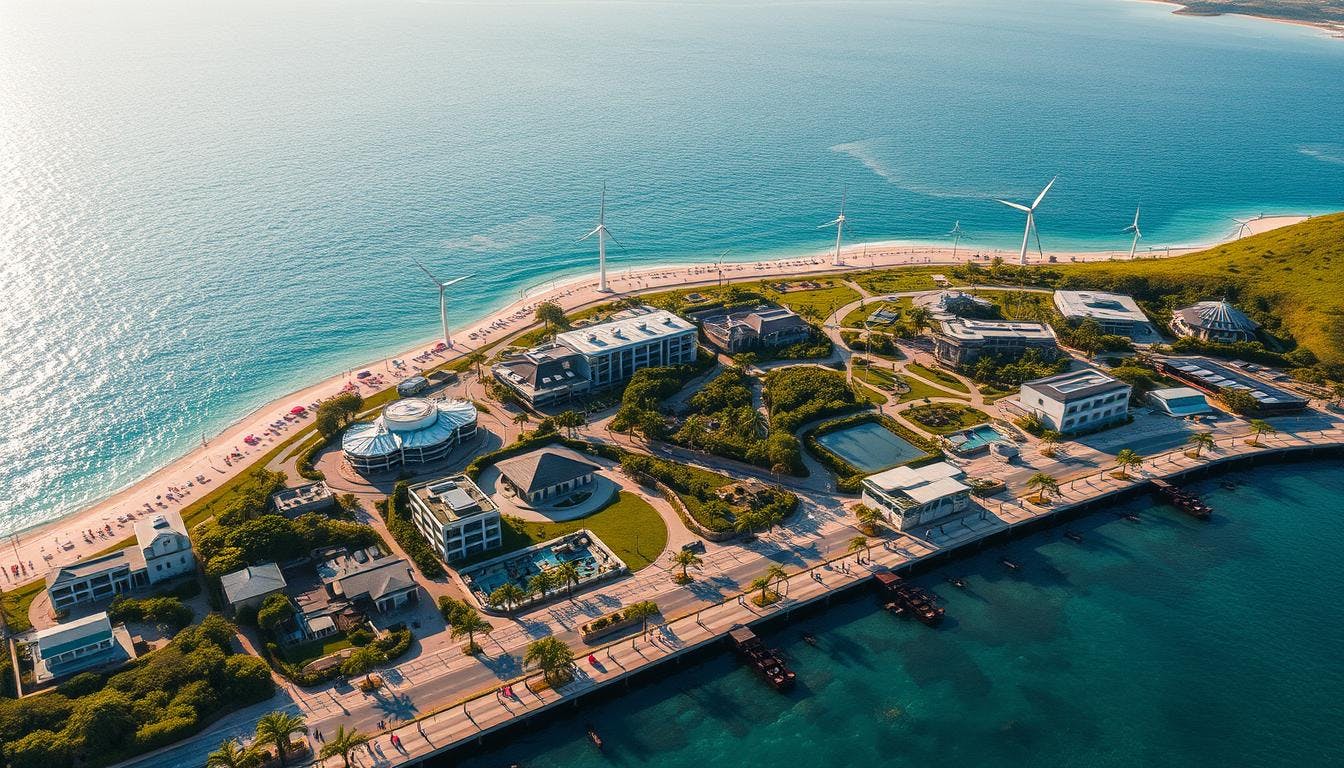
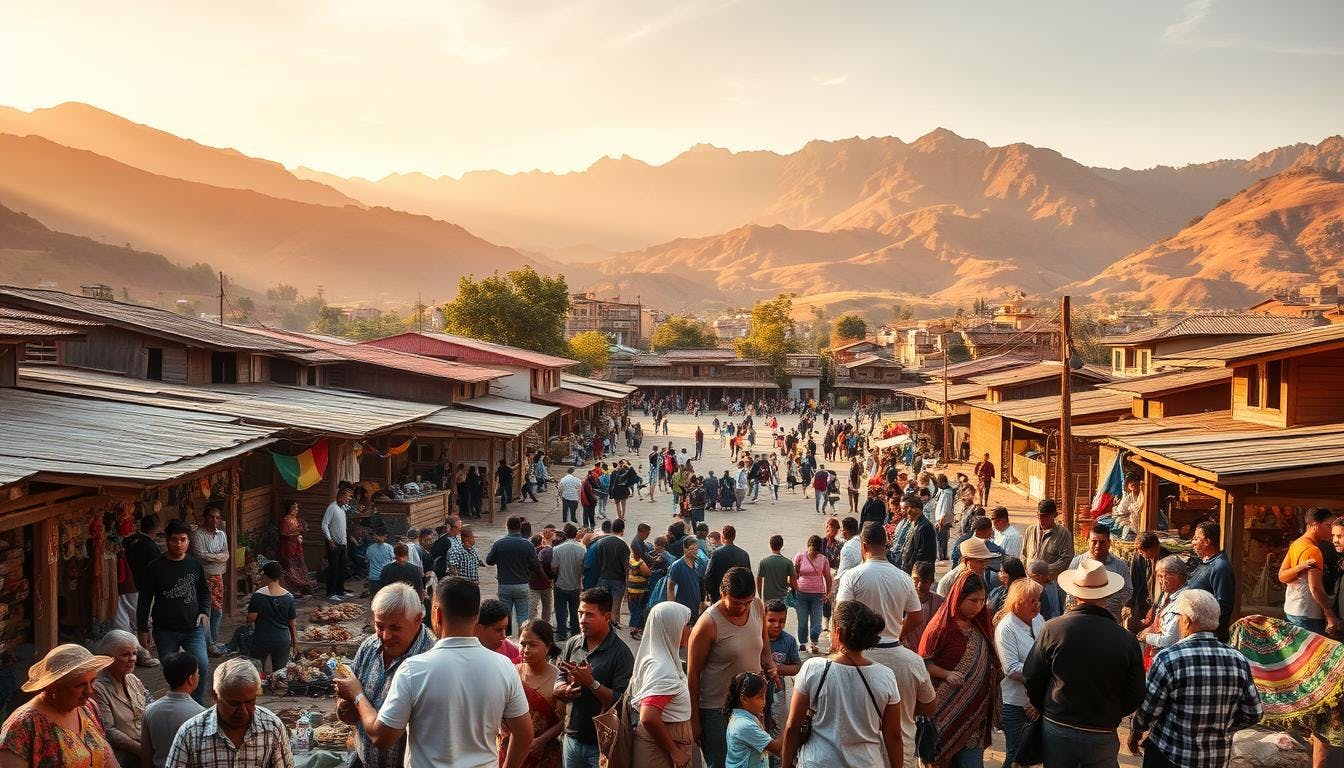
Engaging communities in resilient tourism development
Local communities play a crucial role in building resilient tourism. Their involvement helps maintain sustainability while protecting both natural and cultural assets. From the Bahamas to Southeast Asia, grassroots efforts show that resident-led initiatives can deliver lasting results.
In the Bahamas, local sourcing is a priority, creating jobs and reducing reliance on imports. Fishermen and farmers supply goods directly to resorts, keeping revenue within the community. This approach strengthens both the local economy and environmental conservation.
California’s water resilience plans highlight the value of participatory planning. Residents work together on conservation projects, making sure solutions meet real community needs. Such engagement builds trust and supports long-term success.
Cultural preservation also strengthens resilience. In Bali, traditional water temples guide sustainable irrigation systems. These practices protect ecosystems and attract visitors looking for authentic experiences.
Fair access to opportunities is essential. In Vietnam, training programmes help women take leading roles in running nature-based tours.
Sharing knowledge is equally important. PATA’s Tourism Destination Resilience (TDR) programme trains tourism staff in disaster preparedness, combining local experience with international best practice.
When communities lead the way, tourism becomes a true driver of resilience. Their knowledge ensures that solutions are practical, inclusive, and built to last.
Case studies: successful climate-resilient destinations
Global success stories show that resilience can transform vulnerable areas into thriving destinations. In the Philippines, ocean plastic leakage was reduced by 15% after improvements to wastewater systems. Workshops also trained local communities in sustainable product development, helping to meet the tourism sector’s long-term needs.
Indonesia’s marine protected areas saw a 20% increase in visitor numbers in 2023. Coral reef restoration projects played a major role in speeding up recovery after the pandemic. Healthy ecosystems now draw divers and support local fisheries.
Puerto Rico and Vietnam offer different but equally effective approaches. In Puerto Rico, hazard mapping helps identify risks early, while in Vietnam, mangrove reforestation provides natural protection against storms. Both strategies help to strengthen local economies.
In Cambodia, community-led tourism projects successfully combine cultural preservation with income generation. Villagers lead tours, helping to protect heritage while creating new livelihoods. This proves that resilience is not only about the environment — it is economic too.
Investment brings clear returns. Every US$1 spent on mangrove conservation generates an estimated US$3 in tourism revenue. These examples show that tackling challenges today secures destinations for future travellers.
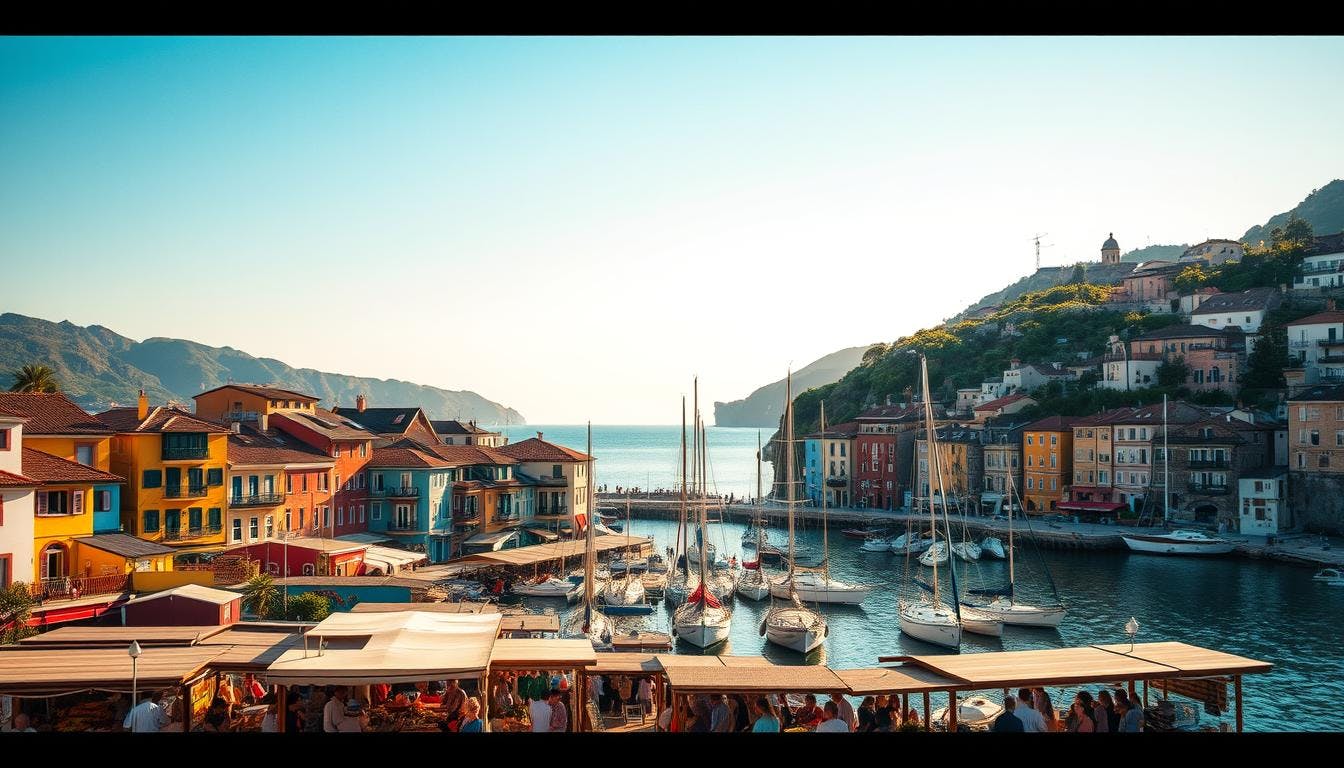
Taking action: your roadmap to climate-resilient tourism
Effective climate action needs clear steps to protect tourism economies. It starts with risk audits to pinpoint vulnerabilities, followed by diversifying tourism offerings to ease pressure on fragile ecosystems.
Local communities must be actively involved in decision-making. Upgrading infrastructure, such as wastewater systems, helps to cut both emissions and pollution. Tools like ADBI’s resilience scorecard can track progress and highlight areas for improvement.
Public-private partnerships, such as GIZ-funded projects in Cambodia, can greatly expand impact. Aligning actions with the Sustainable Development Goals (SDGs) ensures initiatives like mangrove conservation benefit both the climate and the tourism sector.
PATA’s “bounce forward” approach reminds us that resilience is not just about recovery — it is about transformation. Acting now is crucial to secure thriving destinations for future generations.
17 South Street
Auckland 1010
New Zealand
info@carbonclick.com- -
- X
Subscribe now to stay up to date with CarbonClick, carbon offsetting and climate action.
By signing up you agree to our Privacy Policy.

